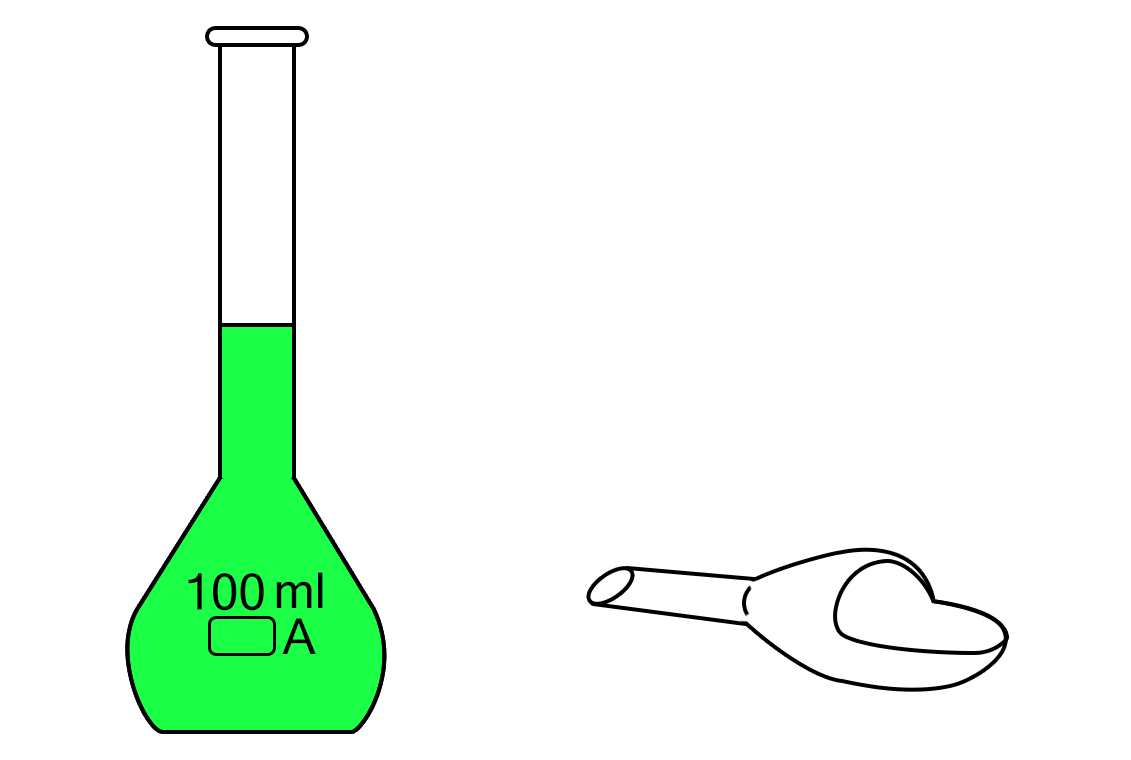1- Read the product’s safety data sheet and take all recommendations into account.
2- Choose the adapted container and lab tools for sampling

3- Prepare the scale: cleanliness of the plate, surroundings, level, tare.
4- Sample small quantities of product with a pipette (liquid) or spatula (solid) until the target quantity is reached.
5- Record the exact mass, avoiding any disturbance.
2- Choose the adapted container and lab tools for sampling

3- Prepare the scale: cleanliness of the plate, surroundings, level, tare.
4- Sample small quantities of product with a pipette (liquid) or spatula (solid) until the target quantity is reached.
5- Record the exact mass, avoiding any disturbance.




